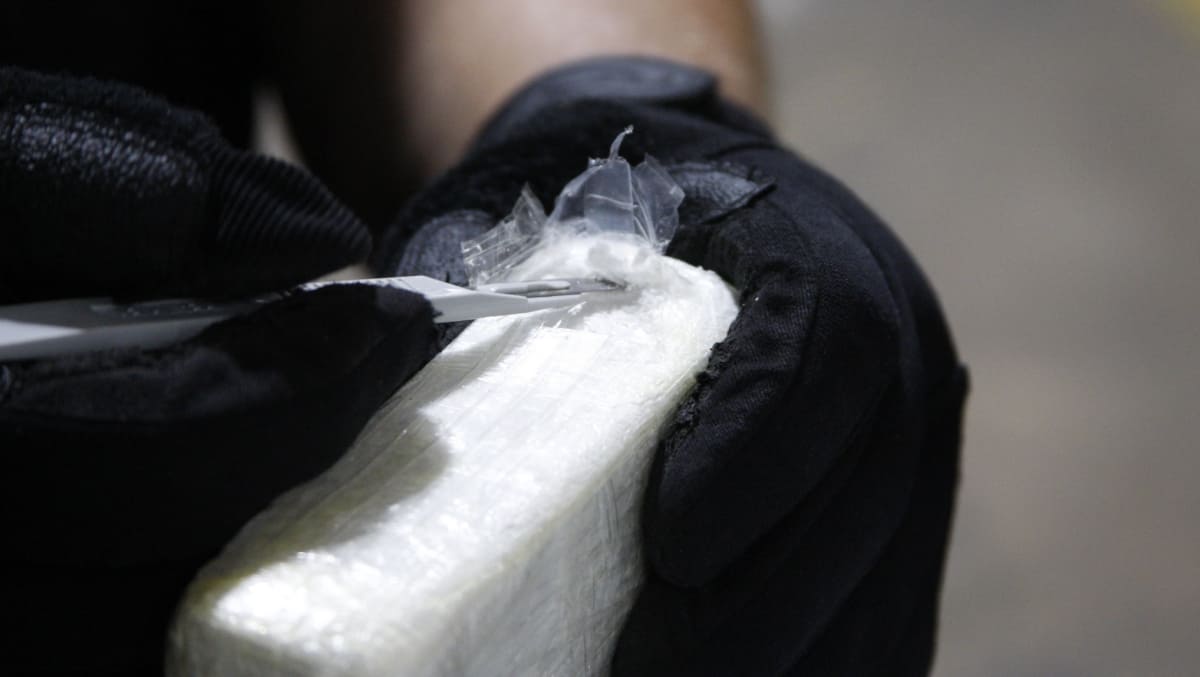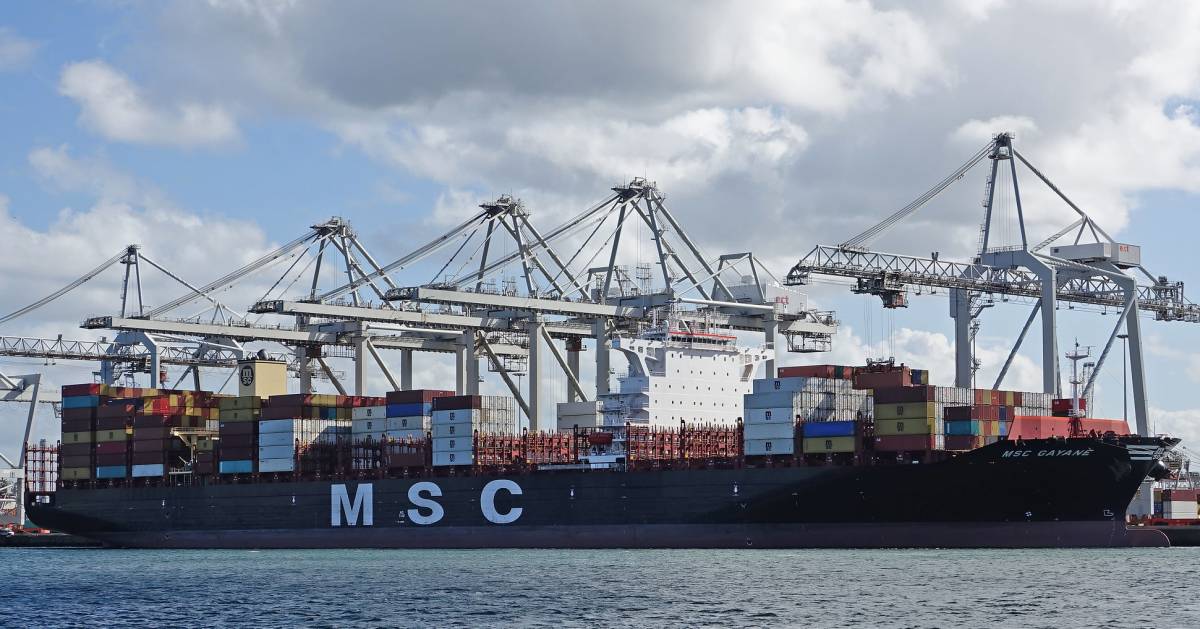A third seafarer has pled guilty in the spectacular plot to use a large container ship and many of its crew to transport massive volumes of cocaine from South America to Europe.
Authorities swarmed the vessel, the MSC Gayane, during a June 2019 call in Philadelphia. In one of the largest drug busts in U.S. history, they found almost 20 tons of cocaine worth over $1 billion.
To put that in perspective, the drug haul weighed as much as three adult male African elephants.
Aleksandar Kavaja, an electrician on the ship, filed a guilty plea on Thursday, admitting to his role in the smuggling conspiracy. He faces a sentence of life in prison (free link to plea document here).
Vladimir Penda, the ship’s fourth engineer, pled guilty on June 15 (plea document here). He also faces a life sentence. Nenad Ilic, an engineer on the MSC Gayane, pled guilty on Feb. 27 (prosecutors sealed his plea document; indictment here).
A whole new level
The MSC Gayane conspiracy was on a whole new level versus any other smuggling operation involving commercial ships. Past operations featured cocaine hidden in containers before loading, smuggling in crew possessions, and drugs attached to ship exteriors.

According to Kavaja’s plea and other court filings, the MSC Gayane smugglers loaded massive volumes of coke onto the ship midvoyage — with over a third of the ship’s crew participating.
The ship has a capacity of 11,600 twenty-foot equivalent units. At the time of the bust, it was valued at around $85 million and owned by an entity affiliated with JP Morgan.
Mediterranean Shipping Co. (MSC), which was never accused of any wrongdoing, leases the ship. Authorities briefly seized the vessel after the bust, then released it in return for MSC’s vow to fully cooperate (link to consent agreement here).
Midvoyage loadings

The smuggling operation occurred in the first half of 2019. At that time, the ship was sailing a rotation of Callao, Peru; Buenaventura, Colombia; Cristobal, Panama; Freeport, Bahamas; Philadelphia; and Rotterdam, the Netherlands.
Details of the scheme are in unsealed court documents as well in the initial criminal complaint, which has been sealed by the court but is still available online via a blogger. While off Peru, fast boats met the ship on multiple occasions; conspirators brought bales and duffel bags of cocaine in netting aboard using the ship’s crane.
The team was led by a core group of four crewmembers from Montenegro who took jobs on the ship with the intention to smuggling cocaine, according to the guilty pleas. They then recruited at least four others on board, bringing the total number involved to at least eight of just over 20 crew.
After the smugglers brought the coke onto the ship, they placed it in containers, then resealed the boxes with fake seals. Authorities found 15,582 bricks of cocaine in seven containers.
‘Nacro’ phones
As in any multinational business operation, communications is key. The court filings, including the Kavaja plea, refer to communications by the smugglers with co-conspirators on land using “narco” phones.

What is a narco phone? While no details are provided, a New York Times story detailed an example of the technology. This year, European authorities hacked into the network of EncroChat, a system that promised anonymity and complete secrecy.
EncroChat devices had no camera, GPS or microphone, and messages could be immediately erased. The devices were widely used by criminals.
Law enforcement began investigating in 2017 and shut EncroChat down in June. Government interceptions of millions of messages led to hundreds of arrests across Europe, including cocaine smuggling operations in the Netherlands and elsewhere.
Phantom Secure was yet another example. It was an encrypted communications system used by criminals taken down by authorities in 2018.
Maritime smuggling 2020
The South America-to-Europe cocaine trade went into overdrive this year, according to a report by Reuters. Volumes were up nearly 20% in the first quarter of 2020 versus the same period last year, to 17.5 tons. An additional 5 tons was discovered in April in a refrigerated container full of squid arriving in Antwerp, Belgium.
This month, the Organized Crime and Corruption Reporting Project (OCCRP) published an in-depth exposé on maritime smuggling.
The OCCRP report focuses on an international gang called Group America, which Italian police have dubbed “a leading player in the cocaine trade between South America and Europe.”
According to OCCRP, the group sources cocaine in Peru. Its primary mode of transport is “entrusting plastic-wrapped packets to sailors who work trans-Atlantic routes.” The article cited the use of Montenegran and Croatian seafarers working about cargo ships and cruise ships (including the MSC Armonia).
However, the OCCRP report authors do not believe the MSC Gayane was the work of this gang. “It’s unlikely that Group America had anything to do with the Gayane — it’s not their style,” said the report.
“Though the group moves tens of tons of cocaine each year to Europe, it seldom sends more than 100 kilograms per shipment. This low-key strategy has served the gang well. Smaller shipments are much less likely to attract attention. If the operation is blown, the financial damage is limited.” Click for more FreightWaves/American Shipper articles by Greg Miller
MORE ON DRUG SMUGGLING BY SEA: Cracking the case of containerized cocaine: see story here. Drugs at sea: more coke plus more ships equals more problems: see story here.











Michael Buis
Noose tightens??? Really right now!!! Very poor choice of words. I strongly recommend you amend the title of your article.